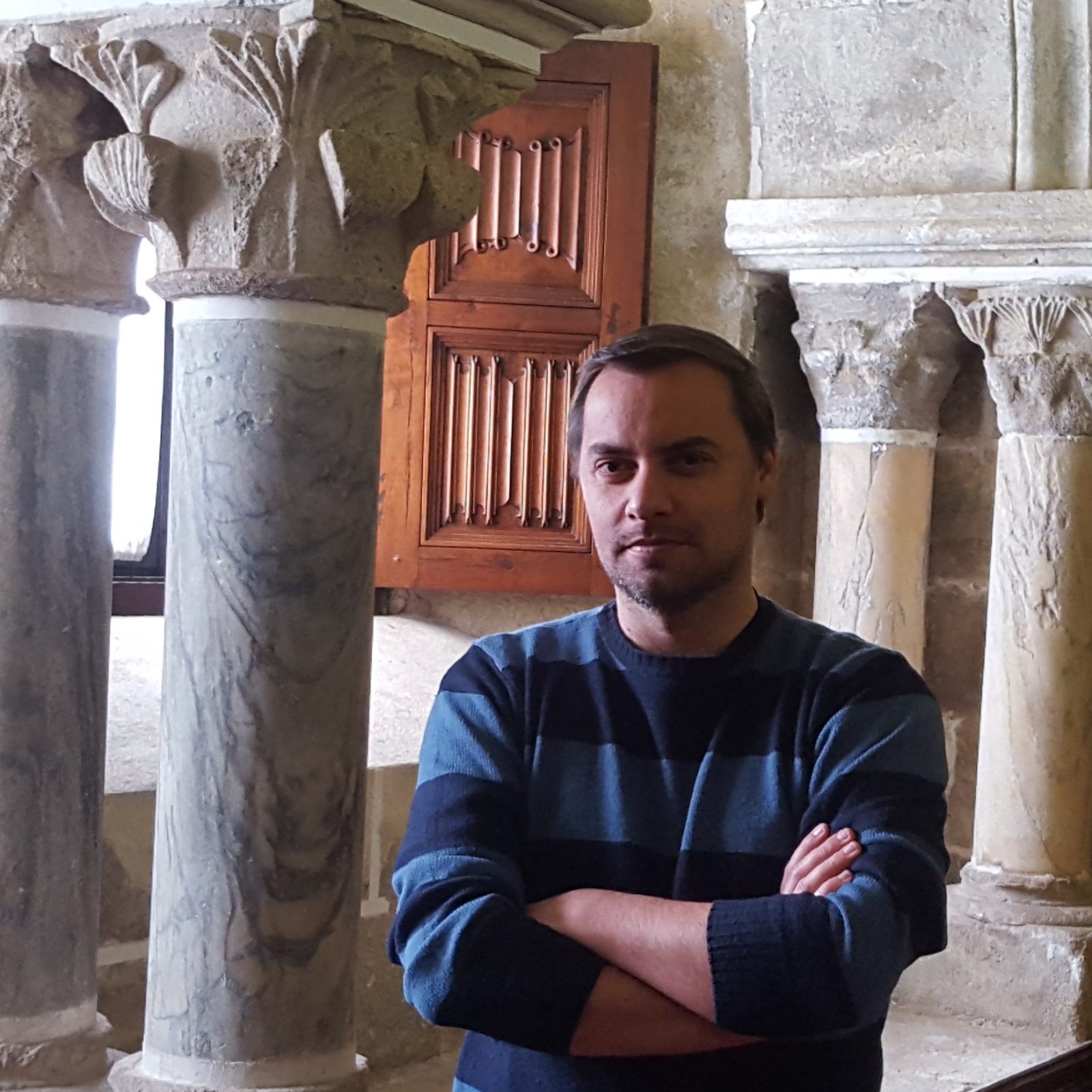Doctorate
Collaborator
UÉvora
NOVA FCSH
Luís Henriques is a PhD in Musicology from the University of Évora, Master in Musical Sciences – Historical Musicology from the NOVA FCSH, and a licenciate in Music – Musicology from the School of Arts of the University of Évora. He is a collaborator in CESEM, MPMP, and ACROARTE, and a member of the Early Modern Soundscapes network. He was a scholarship holder in the project ORFEUS “The tridentine reform and the music in the silence of the cloister: The monastery of S. Bento de Cástris” and a researcher in the project PASEV “Patrimonialization of Évora’s Soundscape (1540-1910)”. He founded and directed the Ensemble da Sé de Angra and the Ensemble Eborensis given concerts in the Portuguese mainland, Azores, and France, having recorded a CD with this last group. He develops his personal research project Canto Mensurable, with focus on early music and historical soundscapes studies, writing a blog among other editions, also collaborating with music ensembles such as Grupo Vocal Olisipo. He has as research interests the Portuguese sacred vocal polyphony of the sixteenth and seventeenth centuries and its continuity in the eighteenth century, the sacred music in the Azores archipelago from the settlement period to the early twentieth century, and the historical soundscape studies.

